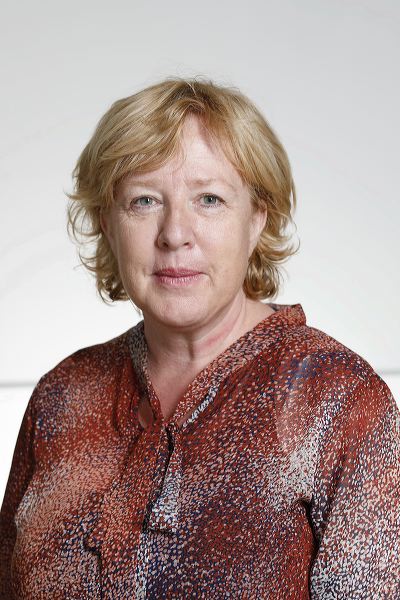
Recovery, Symptoms and Well-Being one to Five Years after Lung Transplantation - A Multi-Center Study
Anna Forsberg1,2, Martina Lundmark1,2, Matilda Almgren1,2, Annette Lennerling3,4.
1Lund University, Institute of Health Sciences, Lund, Sweden; 2Skåne University Hospital, The Thoracic Transplant Unit, Lund, Sweden; 3Gothenburg University, Institute of Health and Caring Siences, Gothenburg, Sweden; 4The Sahlgrenska University Hospital, The Transplant Centre, Gothenburg, Sweden
The Swedish SMATT-study (Self-Management After Thoracic Transplantation).
Introduction: The rationale behind this study is to ascertain the extent to which LuTRs recover after transplantation and whether factors such as symptom distress are related to the state of post-transplant recovery. The aim was to explore symptom prevalence and distress, as well as the degree of recovery and well-being one to five years after adult lung transplantation. To the best of our knowledge, this multicenter, cross-sectional nationwide study is the first of its kind to explore LuTRs’ degree of recovery.
Methods: This cross-sectional study is part of the Swedish national multicenter study; Self-Management After Thoracic Transplantation (SMATT). 117 lung recipients due for follow-up at 1 year (n=35), 2 years (n=28), 3 years (n=23), 4 years (n=20), and 5 years (n=11) were included. Three different instruments were utilized; The Post-Operative Recovery Profile (PRP), the Organ Transplant Symptom and Well-Being Instrument (OTSWI), and the Psychological General Well-Being Instrument (PGWBI).
Results and Discussion: In a total 5.7 % (n=5) were fully recovered and 17.2 % (n= 15) were almost fully recovered 1-5 years after transplantation. The recipients who were partly recovered and slightly recovered constituted 46 % (n=40) and 3.4 % (n=3) respectively. In total, 27.6 % (n=24) were not recovered at all. The lowest transplant specific well-being was reported four years after transplantation, median 22 (p25=11; p75=32). There were no differences between male and female recipients in overall transplant specific well-being. There was a strong correlation between OTSWI-sum score and recovery one to five years after transplantation (rs=.741). Also there was a strong relationship between recovery and psychological well-being after 1-5 years (rs-.720) with the strongest correlation after four years (rs -.806). Together, the OTSWI-sum and PGWB-sum explained 54.4 % of the variance in recovery after controlling for age and sex (R square change=.544, F change (2, 81) =49.79, p<.001) with the OTSWI-sum recording a higher beta value (beta=.45, p<.001) than the PGWB-sum (beta=-.34, p=.006).
Thus, few patients do recovery fully after LuTx and transplant specific wellbeing together with mental wellbeing are possible predictors of recovery. This raises questions as to whether it is reasonable to expect full recovery in terms of being symptom free, how recovery after transplantation should be defined, and what kind of self-management support the recipients require.
Conclusion: Our findings demonstrate the recipients’ often very complicated recovery process characterized by the prevalence of many symptoms and setbacks, where healthcare professionals’ support to ensure well-being and health is a key component. The low degree of recovery is related to poor psychological well-being and high symptom distress might be a marker of an increased need for self-management support.
